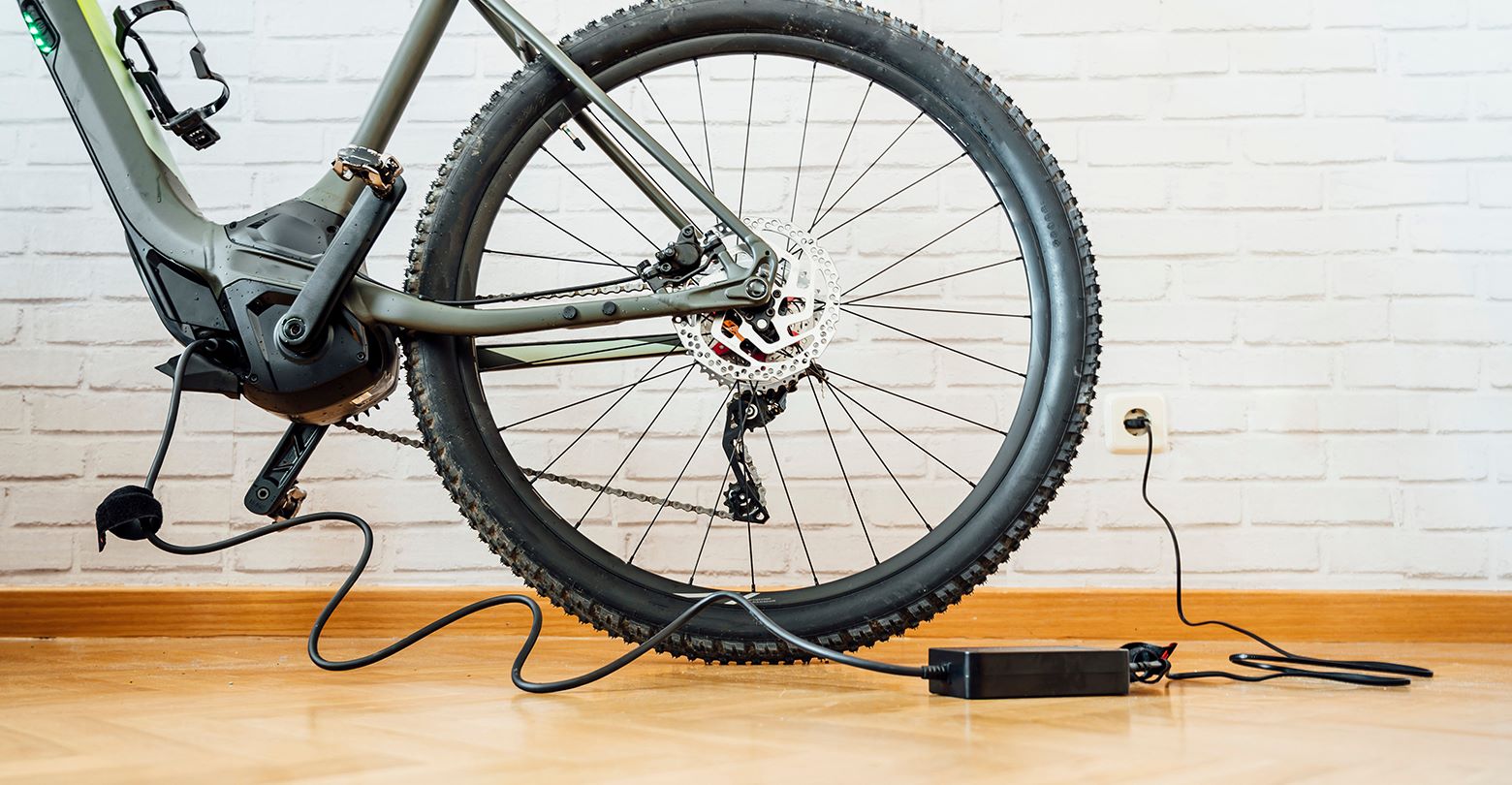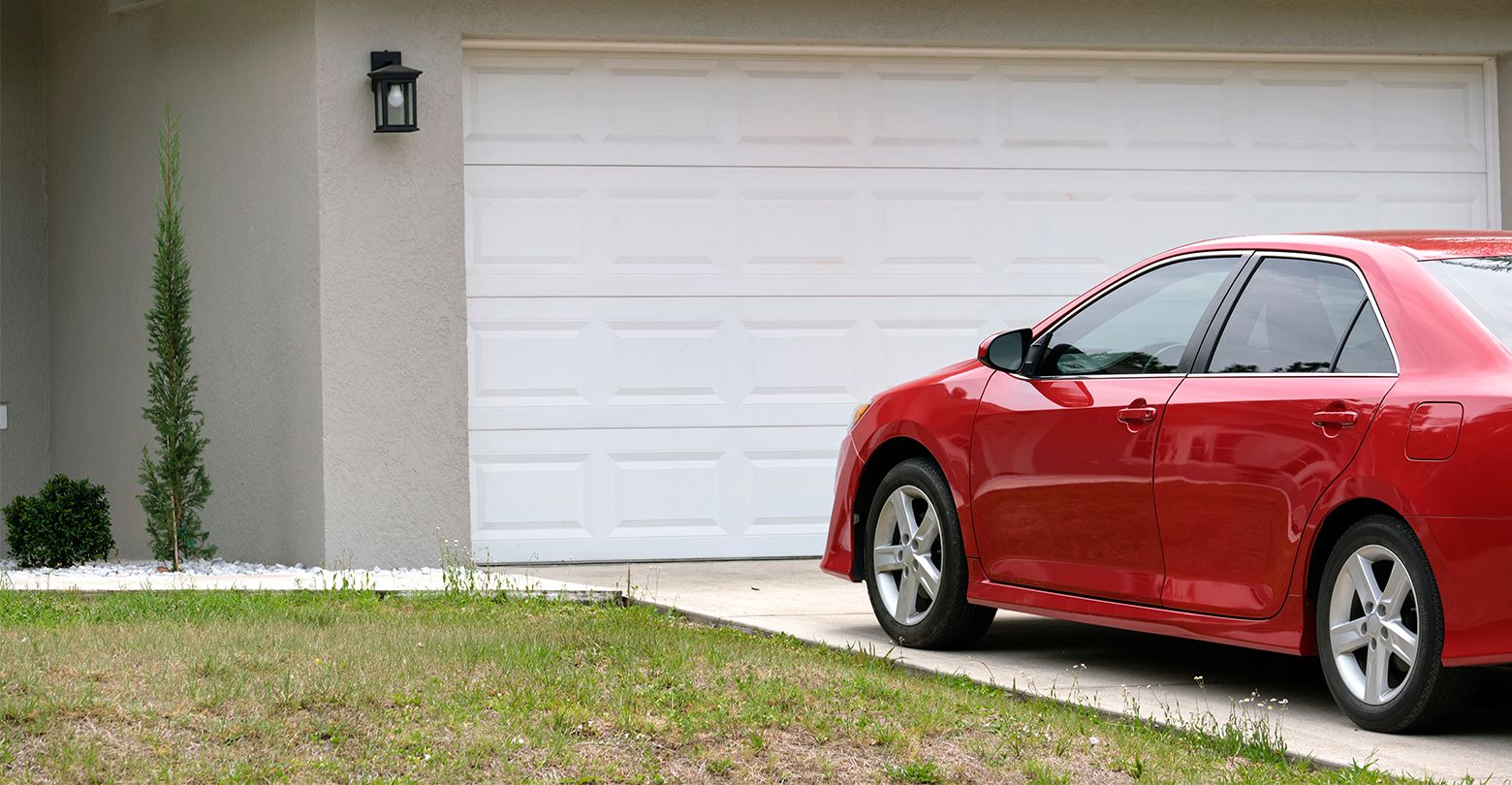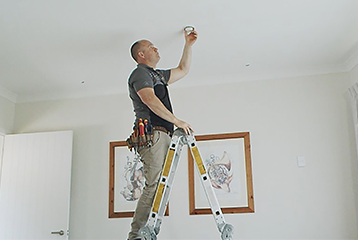Keeping our homes safe is something we all care about, and staying updated on fire safety regulations is a big part of that. New smoke alarm requirements have been rolled out across New Zealand, and our experts at AMI HomeHub have outlined the key information to keep you in the loop.
Whether you’re a homeowner or landlord, here’s what you need to know about these changes and how they'll impact you.
In November 2023, updates were made to the New Zealand Building Code for smoke alarm requirements, with a 12-month transition period that ended in November 2024.
The Building Code Acceptable Solutions for Protection from Fire (C/AS1 and C/AS2) now require interconnected smoke alarms as the minimum fire safety system for new homes and substantial renovations1.
Here’s what you need to know about installation:
The main benefit of these changes is improved fire safety. Interconnected smoke alarms provide a more reliable alert system compared to standalone alarms. They boost chances of early detection and evacuation, even if people are in different rooms.
The statistics speak for themselves. In the last year, AMI settled over $42 million across 356 fire-related Home claims3. Having an early warning system can significantly reduce the risk of property damage, injuries and even fatalities4.
Meet the new smoke alarm requirements with this simple checklist:
By following this checklist, you can help make your home safer from fire risks.
For more information on the new smoke alarm requirements and how to make your home compliant, download the latest New Zealand Standard for Interconnected smoke alarms for houses.
Staying informed and proactive with new fire safety regulations is one of the best ways you can safeguard your home, protecting the people and things you love.
References:
2 https://www.standards.govt.nz/shop/nzs-45142021
3 Source: AMI Claims data figures for settled home fire claims from 1st July 2023 – 30th June 2024
4 Source: Report 167: Unintentional Domestic Fire Related injury in New Zealand & Heads Up 027 – Value of Fire Protection Systems


